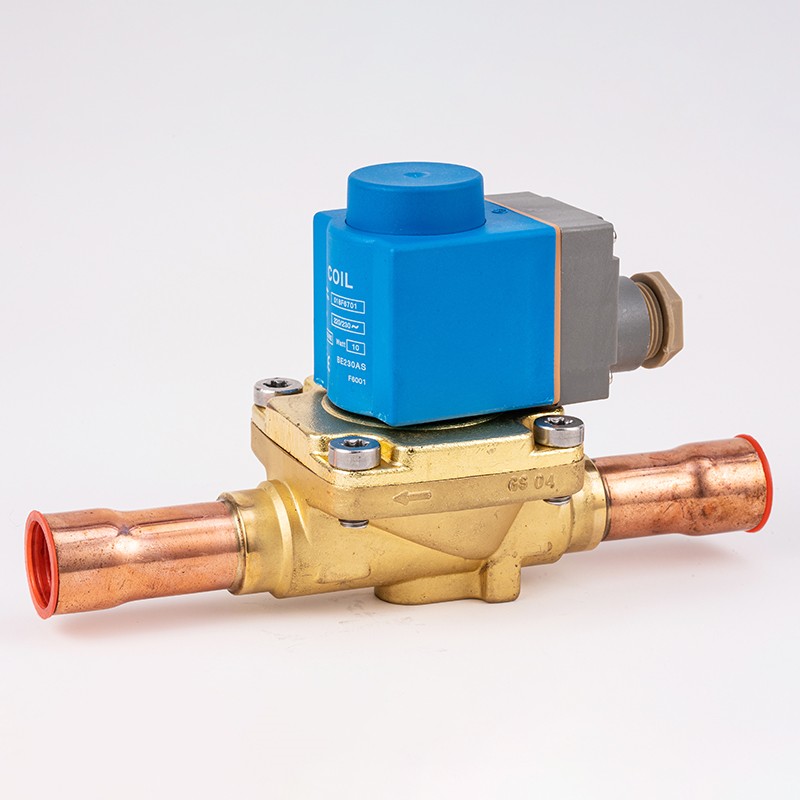
1. Direct-acting solenoid valve
Principle: When the power is turned on, the solenoid coil generates electromagnetic force to lift the closing member from the valve seat, and the valve opens; when the power is turned off, the electromagnetic force disappears, and the spring presses the closing member against the valve seat, and the valve closes.
Features: It can work normally under vacuum, negative pressure and zero pressure, but the diameter generally does not exceed 25mm.
2. Step-by-step direct-acting solenoid valve
Principle: It is a principle that combines direct action and pilot operation. When there is no pressure difference between the inlet and outlet, after power is turned on, the electromagnetic force directly lifts the pilot small valve and the main valve closing member upward in sequence, and the valve opens. When the inlet and outlet reach the starting pressure difference, after power is turned on, the electromagnetic force pilots the small valve. The pressure in the lower chamber of the main valve increases and the pressure in the upper chamber decreases, thereby using the pressure difference to push the main valve upward; when the power is turned off, the pilot valve uses the spring The force or medium pressure pushes the closing member and moves downward to close the valve.
Features: It can operate safely under zero pressure difference or vacuum or high pressure, but the power is large and it must be installed horizontally.
3. Pilot solenoid valve
Principle: When the power is turned on, the electromagnetic force opens the pilot hole, and the pressure in the upper chamber drops rapidly, forming a pressure difference between the upper and lower parts around the closing part. The fluid pressure pushes the closing part to move upward, and the valve opens; when the power is turned off, the spring force pulls the pilot hole. The hole is closed, and the inlet pressure passes through the bypass hole and quickly forms a pressure difference between the lower and upper parts around the valve closing part. The fluid pressure pushes the closing part downward to close the valve.
Features: The upper limit of the fluid pressure range is relatively high and can be installed arbitrarily (customization is required) but the fluid pressure difference condition must be met.
